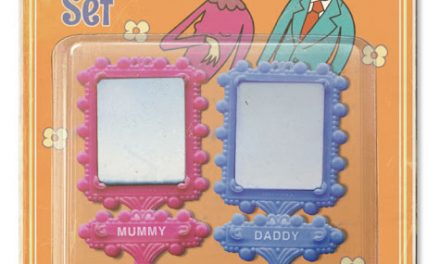Guest Editors: Associate Professor Gareth Schott (University of Waikato), Dr Margaret Gibson (Griffith University), and Dr Clarissa Carden (Griffith University).
Emotionally charged depictions of death play an important role in much contemporary media directed toward teen and young adult audiences. Across creative works as diverse as interactive digital games, graphic novels, short form serial narratives, television and films, young people gain opportunities to engage with representations of death that position the deceased as a multi-dimensional person whose loss is tragic and demands to be mourned. In some cases, such as the Netflix show 13 Reasons Why, and the major motion picture Me Before You, representations of death, dying, and the decision to end one’s own life have been subject to public outcry and criticism. Such responses relate not only to the content of the work, but also to its perceived potential impact on impressionable audiences. Death in/as entertainment is often fleeting, commonplace and recurrent making it trivial, or illusory when it is shown to be reversible or transformational, particularly in the context of games culture, where the death of a playable character is ubiquitous, illusory, and often carries little consequence.
While such depictions are commonplace, the popularity of young adult fiction which engages with terminal illness, murder, suicide, and the deaths of siblings, parents, and friends suggests that there is market, both economically and socially, for deeper stories and representations of mortality and grief. Measured portrayals of the social and psychological impact of dying and loss are potentially highly influential for younger audiences preoccupied with self and identity, acquiring interpersonal maturity and formulating their relationship with the external world. Belk and Corr (2009) state that adolescence is often characterised as a “healthy time of life, one in which its members have escaped the problems of early childhood but have not lived long enough to face the problems of adulthood” (xxi). Yet the paradox of adolescence is evident by the significant leap in morbidity and mortality rates from late childhood that are not explained by cancers, heart disease or infections but instead the result of “accidents, suicide, homicide, depression, alcohol and substance abuse, violence, reckless behaviours, eating disorders, and health problems related to risky sexual behaviours” (Dahl, 2004, p. 3). Despite the reality of mortality in the lives of adolescents globally, through issues related to war, addiction, violence, and illness, realistic representations of death and grief directed toward adolescents are often met with adult disquiet. For example, some Australian schools emailed parents with concerns about the impact of viewing 13 Reasons Why, implying that the act of viewing this representation could lead to a kind of contagion.
This is an open call for contributions to a special edition exploring the moral and representational issues associated with engaging teens and young adults with popular media depictions of death and dying. We ask for original analysis, theory and research focused on works or creative products that are attributable to individual or corporate authors. We encourage submissions that are able to give consideration to the types of engagement made possible through different mediums and the ways in which they might distinctively capture or arouse intense thoughts and feelings on the end and loss of a human life. We particularly encourage contributions that explore new methods of articulating or portraying death and dying.
As an example, interactive storytelling projects (e.g. Bad News) seek to build meaningful interactive experiences that allow players to interact creatively from within dramatic situations. Yet, by the same token ubiquitous distribution platforms such as YouTube have been used to good effect to share audio-visual works constructed by people who are themselves dying.
This special edition seeks work that engages with ‘audience age’ as a significant factor influencing both the tone of representations and/or the critical and public response to emotive depictions of death. Is death represented differently in creative works marked toward the young? Do new platforms or modes of production provide new opportunities for innovative representations of death, or do they feature work that reiterate existing tropes? How do representations, and the critical responses to representations, differ where the dead or dying person depicted is a teen or a young adult? Perhaps most importantly, what do representations of death and dying reveal about the concerns of youth and youth culture, or apprehensions of adult culture more generally?
Potential subjects may include but are not limited to:
- Historical change in depictions of death and dying directed towards youthful audiences
- The impact of audience age on critical responses toward media depicting death
- The techniques used to encourage audiences to connect with the dead, dying, or grieving
- The impact of the ideal of the ‘good death’ in representations
- Journaling or documenting dying online, on film, or in other creative ways
- The use of suicide as a plot device
Key Dates:
Abstract (Proposal) – 1 May, 2020
Notification of Acceptance – May, 2020
Article Submission – 31 July, 2020
Final Manuscripts – December, 2020
Publication – March 2021
Submission instructions
We are seeking abstract proposals for articles that will be between 6,000 and 8,000 words (inclusive of abstract, tables, references, figures, footnotes and endnotes). To be considered for the Special Edition, please email an abstract (no longer than 500 words) along with author(s) names, institutional affiliations, contact details and brief bio (200-250 words) to gareth.schott@waikato.ac.nz by 1st May, 2020. Please indicate Mortality Special Edition in email subject line.





